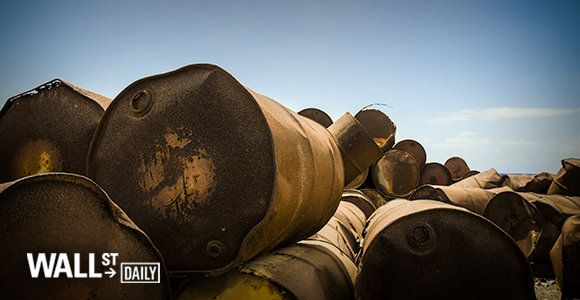
The 18-month plunge in global oil prices continues unabated.
The price is now below $28 per barrel, thanks to even more supply streaming in from Iran. The International Energy Agency warns that the oil market “could drown in oversupply.”
The collapse in the oil price has gotten so bad, some sources report that the Fed has told banks not to market their loans to energy companies.
The Fed, of course, has denied those reports.
Janet Yellen’s crew is worried, and they don’t want to see a wave of bankruptcies spreading contagion from the shale firms to the overall economy. In other words, they want to avoid a repeat of the subprime mortgage mess that led to the 2008 financial crisis.
Clearly the Fed is trying to buy time – and that may make sense in this case. After all, the old adage in the oil industry is “the cure for low prices is low prices.”
Project Cancellations
We’re already seeing the cure beginning to work.
Since prices peaked in the summer of 2014, oil companies have delayed 68 major projects across the globe. Those projects were worth approximately 27 billion barrels of oil and natural gas equivalents.
In the second half of 2015 alone, oil companies have deferred 22 major projects.
According to Wood Mackenzie, the energy industry’s total deferred spending is a whopping $380 billion. That’s up from WoodMac’s June 2015 estimate of $200 billion. Out of that $380 billion total, about $170 billion is tied up in projects planned for the 2016-2020 period.
“What began in late 2014 as a haircut to discretionary spend on exploration and pre-development projects has become a full surgical operation to cut out all non-essential operational and capital expenditure,” said Wood Mackenzie.
In production terms, nearly three million barrels per day of liquid output have been deferred into the next decade – and that’s just what the market needs. The current surplus in oil is running between 1.5 and two million barrels each day.












Leave A Comment